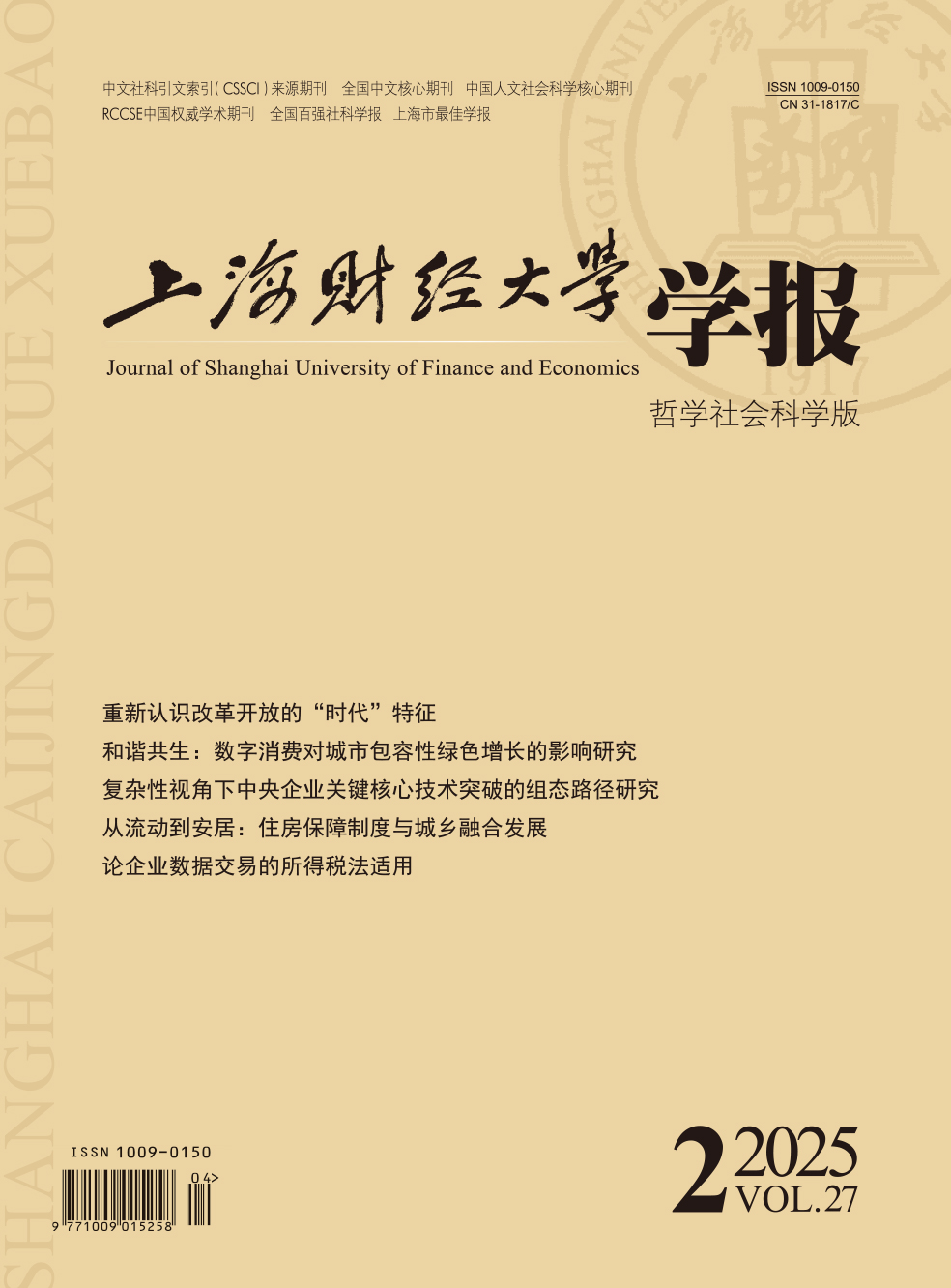In China, the construction of a green financial system has been set up as a national strategy. One of its core targets is to promote institutional investors to engage in green investment proactively, and then leverage more social capital. In practice, institutional investors represented by stock investment funds have made active or passive green portfolios aiming at avoiding the negative environmental risk. However, the challenge for constructing green stock portfolios is to coordinate capital gains and environmental sustainability in order to achieve the dual goal of capital investment. This paper investigates constructing strategies for green stock portfolios in China’s stock market. Motivations for green stock portfolios and their ecological value have been explored firstly to set up a theoretical foundation, and existing empirical studies on green strategies and performance have been reviewed. Then, by using environmental performance scores provided by Hexun and negative screening, this study constructs green portfolios with different levels of the cut-off rate between 2011 and 2018 and undertakes performance evaluation. The sustainable development goals of portfolios are ensured through environmental screening. The financial benefits of portfolios are secured by a systematic performance assessment of portfolios’ overall returns, risk-adjusted returns and risks, using CSI 300 as the market benchmark and CSI Environmental Protection Industry Index as the passive green index benchmark. It is found that: (1)Active green investment portfolios can achieve double objectives by generating a return at no less than the market benchmark.(2)There is no significant difference between active green investment and passive green index investment.(3)Based on the Carhart four-factor model, 40%-50% of the screening intensity portfolios can achieve significantly higher performance than the minimum screening stock pool; and the performance of our portfolios is mainly affected by the market factor, size factor and momentum factor.(4)Returns of green portfolios are volatile with the level of the screening cut-off rate, presented as an M shape, which is possibly caused by a combined influence of the lack of green efficiency in China’s stock market and stock diversification. All these findings provide new and direct evidence for understanding green investment in China.
 / Journals / Journal of Shanghai University of Finance and Economics
/ Journals / Journal of Shanghai University of Finance and EconomicsJournal of Shanghai University of Finance and Economics
LiuYuanchun, Editor-in-Chief
ZhengChunrong, Vice Executive Editor-in-Chief
GuoChanglin YanJinqiang WangWenbin WuWenfang, Vice Editor-in-Chief
Constructing Strategies for “Green” Stock Portfolios in China’s Stock Market
Journal of Shanghai University of Finance and Economics Vol. 21, Issue 03, pp. 49 - 62 (2019) DOI:10.16538/j.cnki.jsufe.2019.03.004
Summary
References
Summary
Cite this article
Liang Xinxin, Wei Ping. Constructing Strategies for “Green” Stock Portfolios in China’s Stock Market[J]. Journal of Shanghai University of Finance and Economics, 2019, 21(3): 49-62.
Export Citations as:
For
ISSUE COVER
RELATED ARTICLES




 8993
8993  13829
13829

